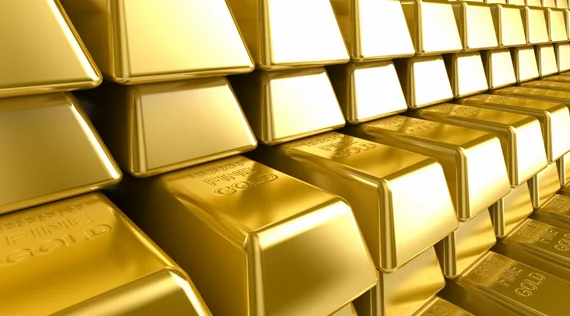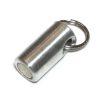Global Gold Investment Demand Plunged 9% in Q2 2018
Gold | 2018-08-16 07:58:04
The inflows into gold-backed ETFs witnessed considerable decline from 62.5t during Q2 2017 to 33.8t in Q2 this year.

SEATTLE (Scrap Monster): The investment demand for gold dropped significantly during the second quarter of the current year. In accordance with the Gold Demand Trends Q2 2018 report published by the World Gold Council (WGC), the investment demand plunged by nearly 9% during the quarter. This was mainly on the back of huge contraction in inflows to gold-backed ETFs. Meantime, gold bar and coin demand remained mostly unchanged.
The inflows into gold-backed ETFs witnessed considerable decline from 62.5t during Q2 2017 to 33.8t in Q2 this year. Much of the inflows were directed towards the European-listed funds, whereas the North American funds witnessed net outflows, as U.S. investors focused on domestic economic improvement. The European funds absorbed 52.3t of inflows during the quarter. The regional funds accounted for 83% of the global inflows during the first half of 2018. The North American funds registered net outflows of 30.7t. Meantime, the Asian funds reported healthy inflows of $16.7t in Q2 2018.
ALSO READ: WGC Identifies Key Trends Likley to Drive Gold Price in H2 2018
According to WGC, the bar and coin demand across the world remained subdued in Q2 this year. The demand was flat at 247.6t. The Chinese demand for gold bar and coins rose sharply by 11% to 69.5t, mainly on the back of currency and stock market weakness. The overall Indian demand witnessed 5% dip, despite increased investor demand for coins during the Akshaya Tritiya festival in April. The Q2 ’18 in India totaled 39.3t as compared with the demand of 41.6t in Q2 last year.
The Turkish bar and coin investment demand dropped 11% over the prior quarter, thanks to country’s deteriorating economy and weakening currency. On the other hand, Iran’s demand shot up to 15.2t-the highest quarterly level since Q1 in 2014.The European demand slipped 15% over the previous year to 33.5t, whereas the U.S. demand rose 9% during the quarter.
 By
By 


